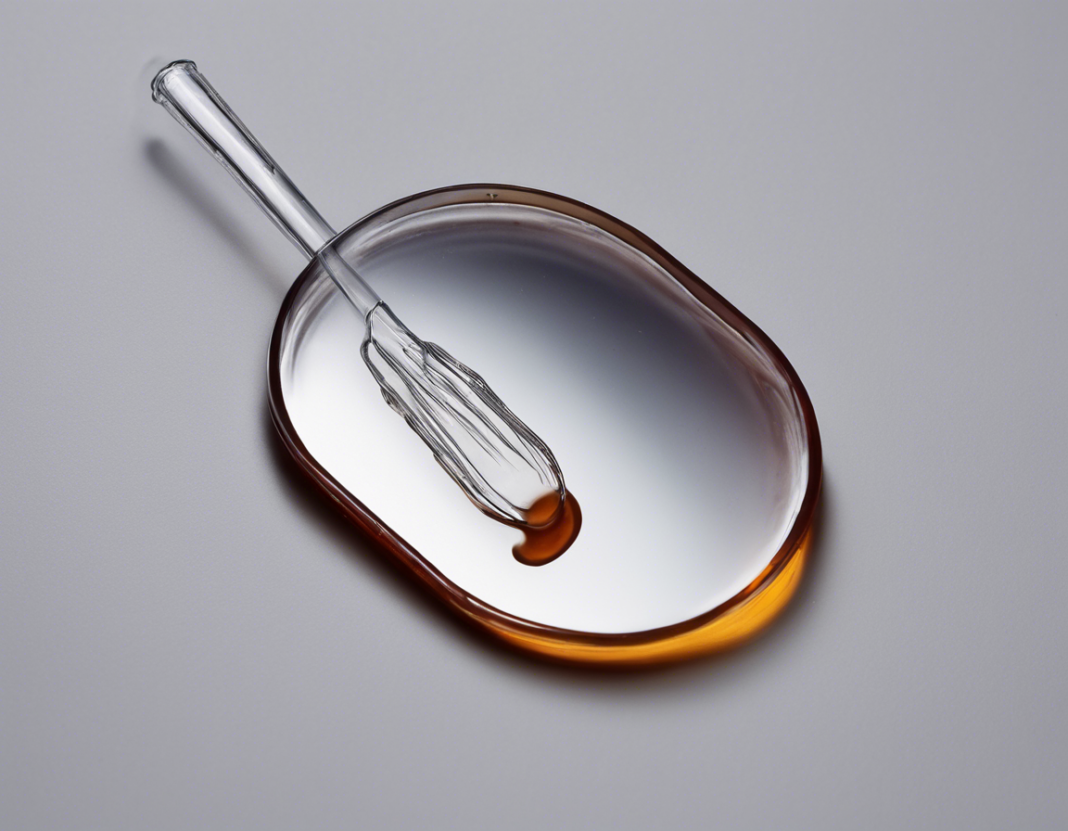Are you looking for an effective and versatile formic acid mixture for various applications? Look no further! In this article, we will delve into the details of a 2.3 g blend that contains formic acid and explore its uses, benefits, precautions, and more. Formic acid is a colorless, pungent liquid that is widely used in various industries such as agriculture, textiles, and even healthcare. Let’s explore the formic acid mixture and see how it can be a valuable addition to your toolkit.
What is Formic Acid?
Formic acid, also known as methanoic acid, is a naturally occurring compound found in the venom of certain insects and in various plants. It is a powerful organic acid with a wide range of applications. In its pure form, formic acid is a colorless liquid with a strong, pungent odor. It is highly soluble in water and polar organic solvents.
Uses of Formic Acid:
-
In Agriculture: Formic acid is commonly used as a preservative and antibacterial agent in animal feed. It can also be used as a fumigant to control pests in agricultural products.
-
In Textiles: Formic acid is used in the dyeing and finishing process of textiles. It helps to improve the color fastness of dyes and enhances the overall quality of the fabric.
-
In Pharmaceuticals: Formic acid is used in the production of various pharmaceuticals and chemicals. It serves as a key intermediate in the synthesis of many important compounds.
Formic Acid Mixture: 2.3 g Blend
The formic acid mixture we are focusing on in this article is a 2.3 g blend that combines formic acid with other ingredients to create a versatile and potent solution. This mixture is carefully formulated to ensure optimal performance and safety in various applications.
Composition of the 2.3 g Blend:
- Formic Acid (HCOOH)
- Inert Ingredients
The exact composition of the inert ingredients may vary depending on the specific formulation and intended use of the mixture. These inert ingredients are selected to enhance the stability and effectiveness of the blend without compromising safety.
Benefits of the Formic Acid Mixture:
-
Antibacterial Properties: The formic acid mixture exhibits strong antibacterial properties, making it an ideal choice for use in various applications where microbial control is essential.
-
Preservative Action: The blend acts as an effective preservative, extending the shelf life of products and materials in which it is used.
-
Versatility: The 2.3 g blend is versatile and can be used in a wide range of industries and applications, including agriculture, textiles, and healthcare.
Precautions:
-
Corrosive: Formic acid can be corrosive to metals and skin. Proper safety measures should be followed when handling the formic acid mixture.
-
Ventilation: Ensure proper ventilation when using the mixture to prevent inhalation of fumes.
Frequently Asked Questions (FAQs) about Formic Acid Mixture:
1. What safety precautions should I take when handling the formic acid mixture?
When handling the formic acid mixture, it is essential to wear protective gloves, goggles, and clothing to prevent skin contact. Ensure adequate ventilation in the workspace to avoid inhaling fumes.
2. Can the formic acid mixture be used in organic farming?
Yes, certain formulations of formic acid mixtures are approved for use in organic farming as a pest control agent and soil conditioner. Always check for organic certification before use.
3. How should the formic acid mixture be stored?
The formic acid mixture should be stored in a cool, dry place away from direct sunlight and heat sources. Ensure that the container is tightly sealed to prevent leakage or evaporation.
4. Is the formic acid mixture biodegradable?
Formic acid, the primary ingredient in the mixture, is a biodegradable compound. However, the inert ingredients in the blend may vary in terms of biodegradability. Consult the product label for more information.
5. Can the formic acid mixture be diluted for use?
Depending on the intended application, the formic acid mixture can be diluted with water to achieve the desired concentration. Follow the recommended dilution ratios provided by the manufacturer for best results.
6. What is the shelf life of the formic acid mixture?
The shelf life of the formic acid mixture may vary depending on the formulation and storage conditions. Check the expiration date on the product label and use the mixture before it expires for optimal performance.
7. Is the formic acid mixture flammable?
Formic acid itself is not considered highly flammable. However, some formulations of the formic acid mixture may contain flammable inert ingredients. Read the safety data sheet provided by the manufacturer for accurate information.
8. Can the formic acid mixture be used for pest control indoors?
The formic acid mixture should be used for pest control indoors with caution due to its strong odor and potency. Ensure proper ventilation and follow manufacturer guidelines for indoor use.
9. Is the formic acid mixture safe for use around pets?
While the formic acid mixture is generally safe when used as directed, it is advisable to keep pets away from treated areas until the solution has dried or settled to avoid accidental ingestion or contact.
10. Are there any alternatives to the formic acid mixture for similar applications?
There are alternative products available for various applications where formic acid is used, such as acetic acid (vinegar) for mild disinfection, propionic acid for preservation, and citric acid for food and beverage applications. Consult with a specialist to determine the best option for your specific needs.
In conclusion, the formic acid mixture: 2.3 g blend is a valuable solution with diverse applications in agriculture, textiles, and other industries. By understanding its composition, benefits, precautions, and FAQ, you can make informed decisions regarding its use in your specific applications. Always prioritize safety and follow manufacturer guidelines for optimal results.


